Flexible solar panels are an ideal thing in solar energy-lightweight, easy to carry, and relatively quick to install. Well, like every other innovation, flexible solar panels still have their disadvantages. Therefore, in this blog, we dip into why flexible solar panels might not always be the best option, their limitations, possible solutions, and areas where they truly shine.
What Are Flexible Solar Panels?
Flexible solar panels are made using a thin-film photovoltaic technology characterized by uses of materials such as CIGS or CdTe (Cadmium Telluride). They are easily bent and take the shape of curved surfaces that could not be accommodated by conventional solar panels. Thus, they are best for applications involving vehicles, boats, and other outlace installations. However, the advantages described above also come with some disadvantages.
Efficiency Concerns: The Numbers Don’t Lie
Lower Conversion Rates
Flexible panels maintain an efficiency of about 10%-17%, while rigid panels have a wider classification from 16%-23%. Thus, flexible panels convert less sunlight into technical output, meaning that more space is required in order to generate equivalent output.
Why It Matters
In case space is a serious constraint; say, fitting on the roof of a compact RV or on a boat-this efficiency might be a deal-breaker. Imagine you would need double the surface area to meet your energy needs.
Possible Solutions
- Go for good quality flexible panels that could have better ratings for efficiency.
- Install additional panels to compensate for the low output.
Food for thought: Would your installation space be large enough for any extra panels required to match a rigid system output?
Durability: Fragility in Flexibility
Lower Conversion Rates
Flexible solar panels typically have an efficiency range of 10% to 17%, while rigid panels boast a higher range of 16% to 23%. This means flexible panels convert less sunlight into electricity, requiring more space to generate the same output.
Why It Matters
If you’re in a space-constrained environment—say, the roof of a compact RV or a boat—this lower efficiency might be a dealbreaker. Imagine needing twice the surface area to meet your energy needs.
Tips to Extend Lifespan
- Protect from harsh conditions: Avoid unnecessary bending or folding.
- Use quality materials: Panels with EFTE (Ethylene Tetrafluoroethylene) coatings are more resistant to UV degradation and scratches.
Quick Tip: If you can, look for panels designed to resist saltwater in order to prevent fast degradation.
Heat Management: The Hotspot Dilemma
Overheating Risks
Flexible solar panels installed closely against a surface often lack adequate ventilation for heat dissipation. The presence of hotspots tends to reduce efficiency and speed up overall degradation.
How to Mitigate This Issue
- Select heat-resistant materials and designs tolerant of high temperatures.
- Ensure proper cleaning to avoid dirt accumulation, worsening overheating.
Fun Fact: Rigid panels can be kept cooler and more efficient with good airflow by being mounted on adjustable brackets.
Environmental Concerns: Toxic Materials
Flexible technology uses CdTe (Cadmium Telluride) or CIGS (Copper Indium Gallium Selenide), which are toxic materials. Hazardous discharge can condition Environmental safety, so recycling at the end of life is an important consideration.
The Green Solution
- Pick brands that support a green production profile and recycling programs.
- Ensure panels are certified for environmental standards.
Warranty and Maintenance
Shorter Warranties
More likely to be damaged, flexible panels usually carry shorter warranties than rigid panels. This makes them a less attractive long-term investment.
Pro Tip
With routine upkeep like cleaning and checking for damage, the functional life of your panels can be extended beyond their warranty period.
Use Cases: Where Flexible Panels Shine
With their shortcomings notwithstanding, flexible solar panels still shine in certain situations:
- Mobile: Ideal for RVs, boats, and tents where portability is paramount.
- Lightweight applications: Great for roofs or surfaces that could not support the weight of rigid panels.
- Architectural integration: Their aesthetic attractiveness can seamlessly blend into architectural structures, such as curved roofs or awnings.
As an example, a camping enthusiast from Colorado found flexible panels highly convenient in charging equipment over multi-day hikes. Lightweight and rollable, these were capable of providing sufficient power while not adding any significant weight to their gear.
Comparing Flexible and Rigid Solar Panels
| Feature | Flexible Panels | Rigid Panels |
| Efficiency | 10%-17% | 16%-23% |
| Durability | Moderate; prone to scratches | High; weather-resistant |
| Lifespan | 15-25 years | 25-30 years |
| Weight | Lightweight | Heavy |
| Installation | Easy; adhesive options | Requires mounts or brackets |
| Cost | Lower upfront cost | Higher upfront cost |
Should You Use Flexible Solar Panels?
Thus, the decision shall really depend on the requirements you have:
- For portability and ease of installation: Unmatched are the flexible panels.
- For long-term durability and efficiency: The rigid ones remain superior.
Your turn: is the balance between flexibility and efficiency worth it for your ability?

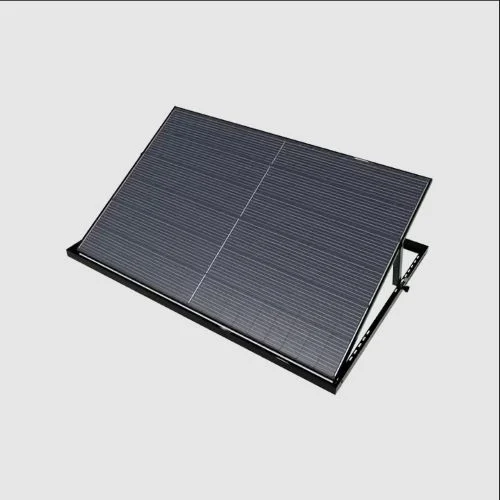
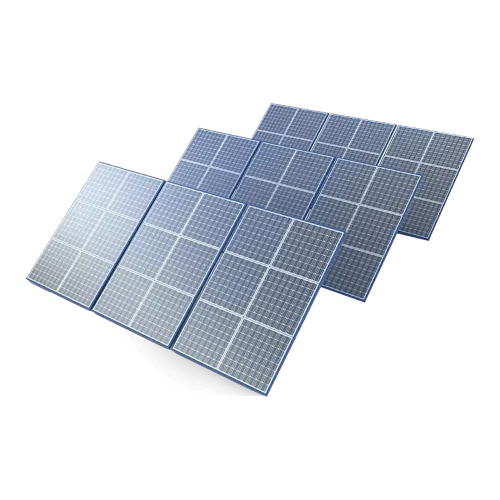
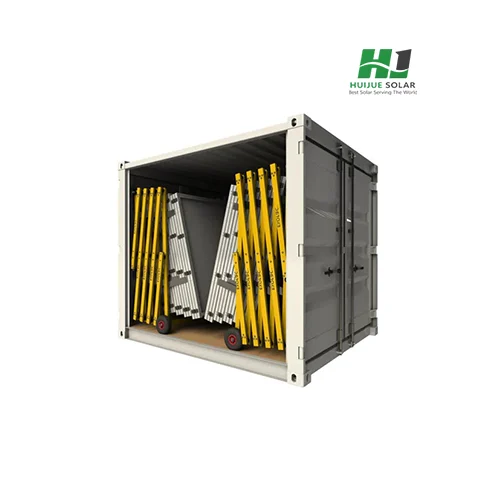
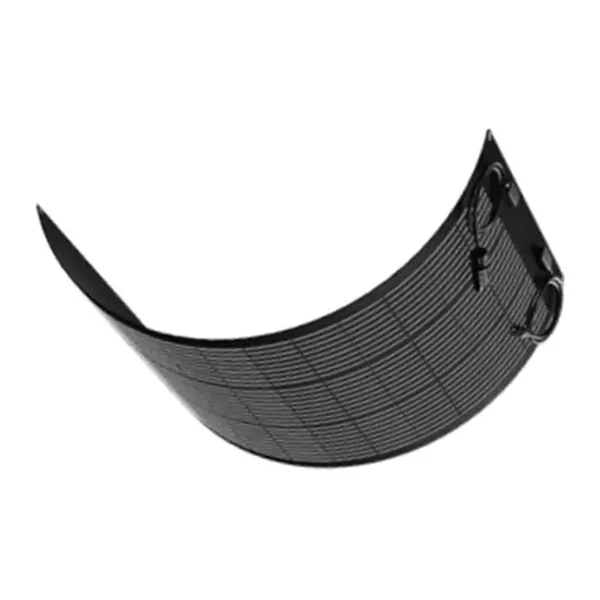
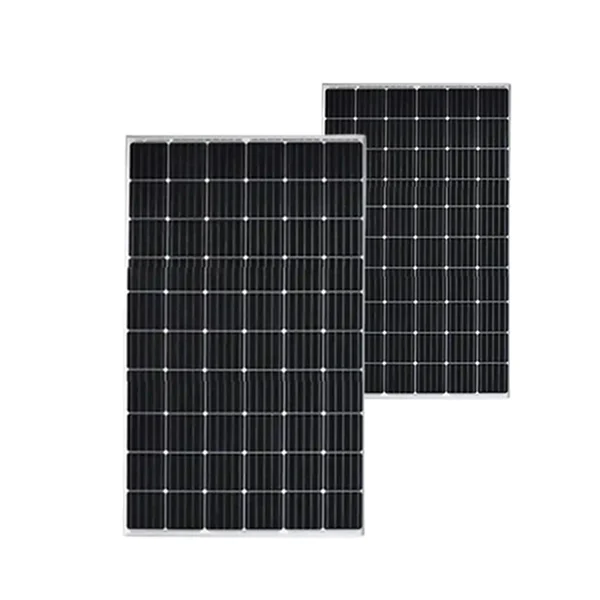
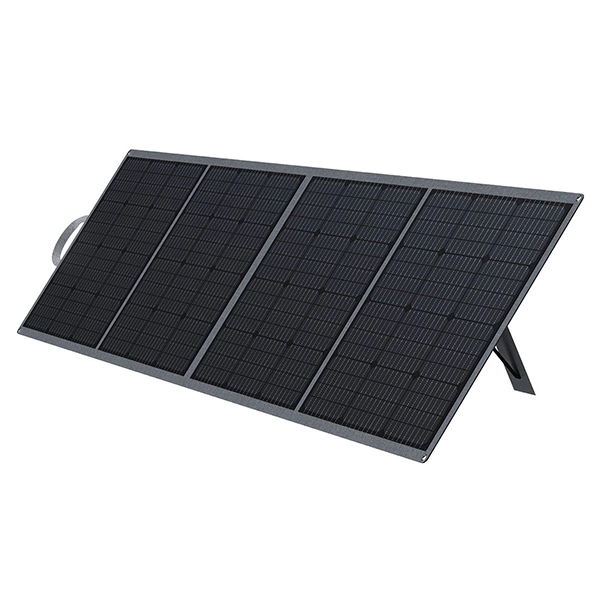
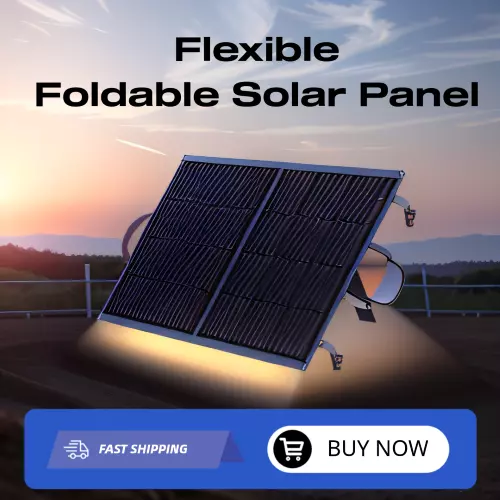

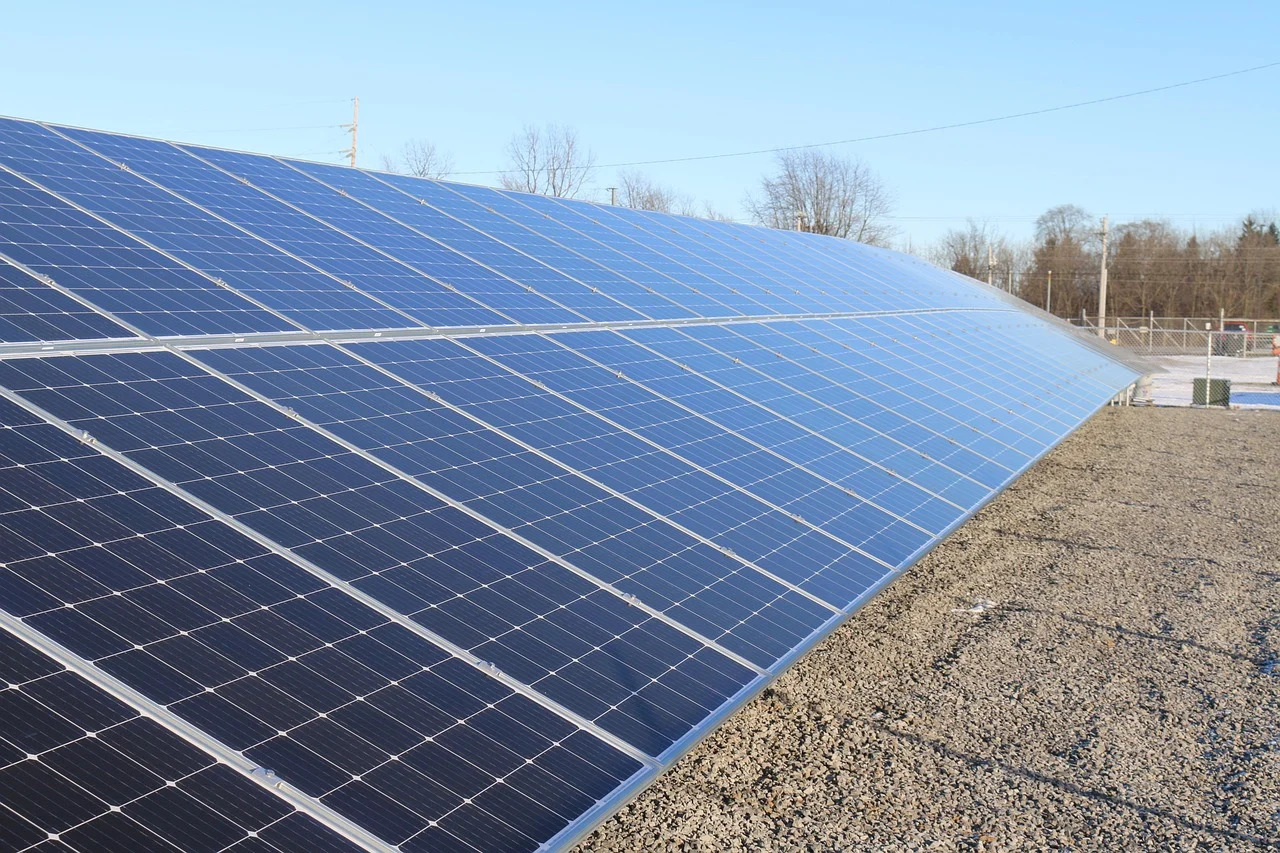
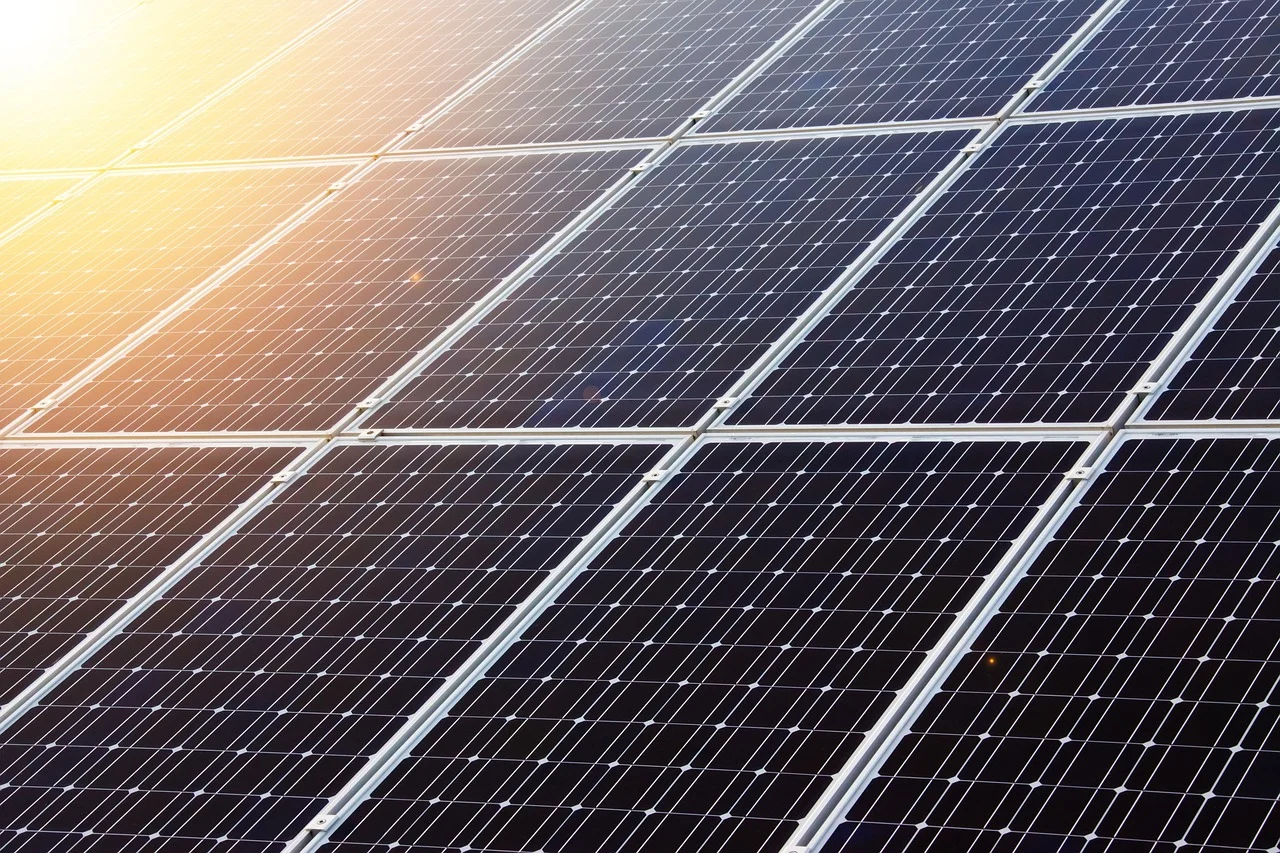
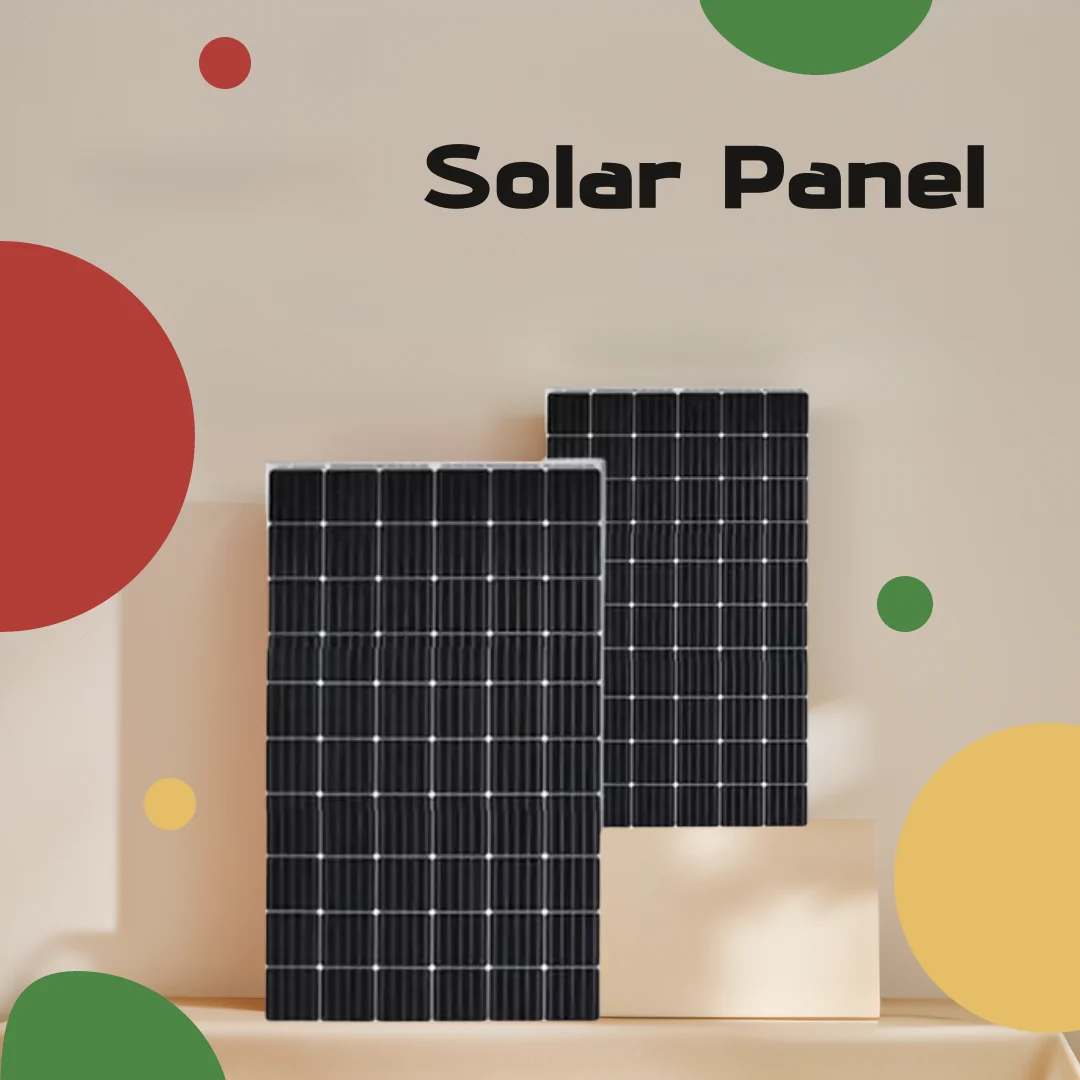
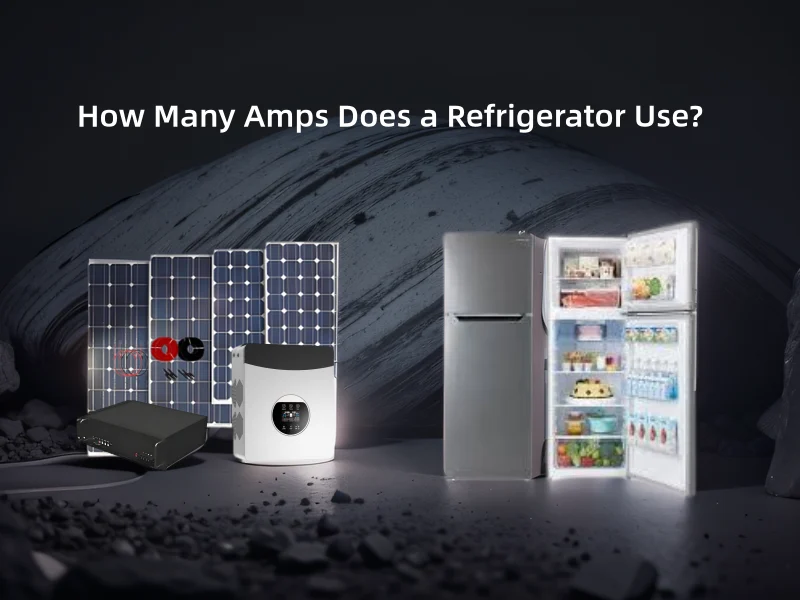
 Afrikaans
Afrikaans Albanian
Albanian Amharic
Amharic Arabic
Arabic Armenian
Armenian Azerbaijani
Azerbaijani Basque
Basque Belarusian
Belarusian Bengali
Bengali Bosnian
Bosnian Bulgarian
Bulgarian Catalan
Catalan Cebuano
Cebuano Chichewa
Chichewa Chinese (Simplified)
Chinese (Simplified) Chinese (Traditional)
Chinese (Traditional) Corsican
Corsican Croatian
Croatian Czech
Czech Danish
Danish Dutch
Dutch English
English Esperanto
Esperanto Estonian
Estonian Filipino
Filipino Finnish
Finnish French
French Frisian
Frisian Galician
Galician Georgian
Georgian German
German Greek
Greek Gujarati
Gujarati Haitian Creole
Haitian Creole Hausa
Hausa Hawaiian
Hawaiian Hebrew
Hebrew Hindi
Hindi Hmong
Hmong Hungarian
Hungarian Icelandic
Icelandic Igbo
Igbo Indonesian
Indonesian Irish
Irish Italian
Italian Japanese
Japanese Javanese
Javanese Kannada
Kannada Kazakh
Kazakh Khmer
Khmer Korean
Korean Kurdish (Kurmanji)
Kurdish (Kurmanji) Kyrgyz
Kyrgyz Lao
Lao Latin
Latin Latvian
Latvian Lithuanian
Lithuanian Luxembourgish
Luxembourgish Macedonian
Macedonian Malagasy
Malagasy Malay
Malay Malayalam
Malayalam Maltese
Maltese Maori
Maori Marathi
Marathi Mongolian
Mongolian Myanmar (Burmese)
Myanmar (Burmese) Nepali
Nepali Norwegian
Norwegian Pashto
Pashto Persian
Persian Polish
Polish Portuguese
Portuguese Punjabi
Punjabi Romanian
Romanian Russian
Russian Samoan
Samoan Scottish Gaelic
Scottish Gaelic Serbian
Serbian Sesotho
Sesotho Shona
Shona Sindhi
Sindhi Sinhala
Sinhala Slovak
Slovak Slovenian
Slovenian Somali
Somali Spanish
Spanish Sundanese
Sundanese Swahili
Swahili Swedish
Swedish Tajik
Tajik Tamil
Tamil Telugu
Telugu Thai
Thai Turkish
Turkish Ukrainian
Ukrainian Urdu
Urdu Uzbek
Uzbek Vietnamese
Vietnamese Welsh
Welsh Xhosa
Xhosa Yiddish
Yiddish Yoruba
Yoruba Zulu
Zulu